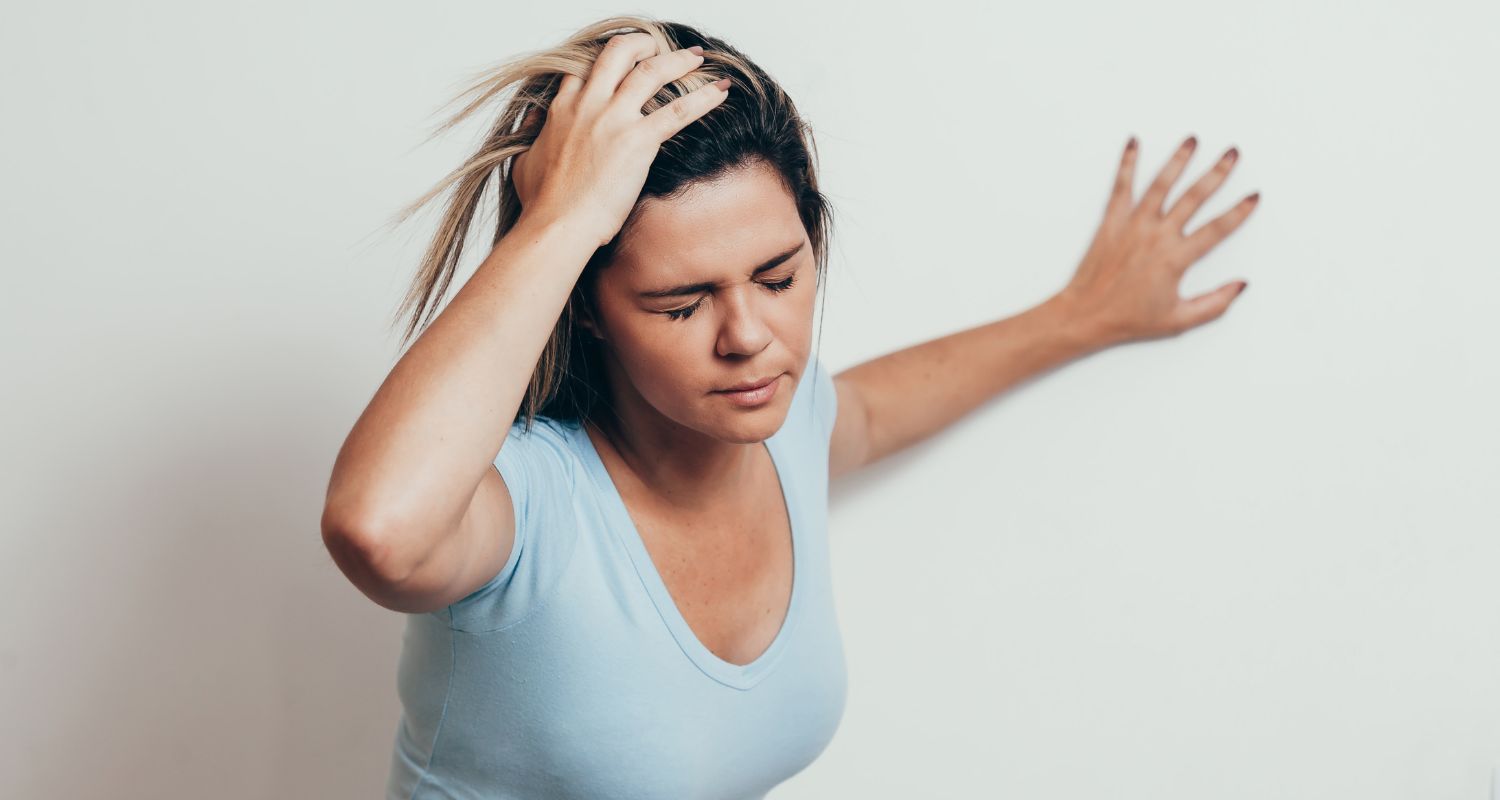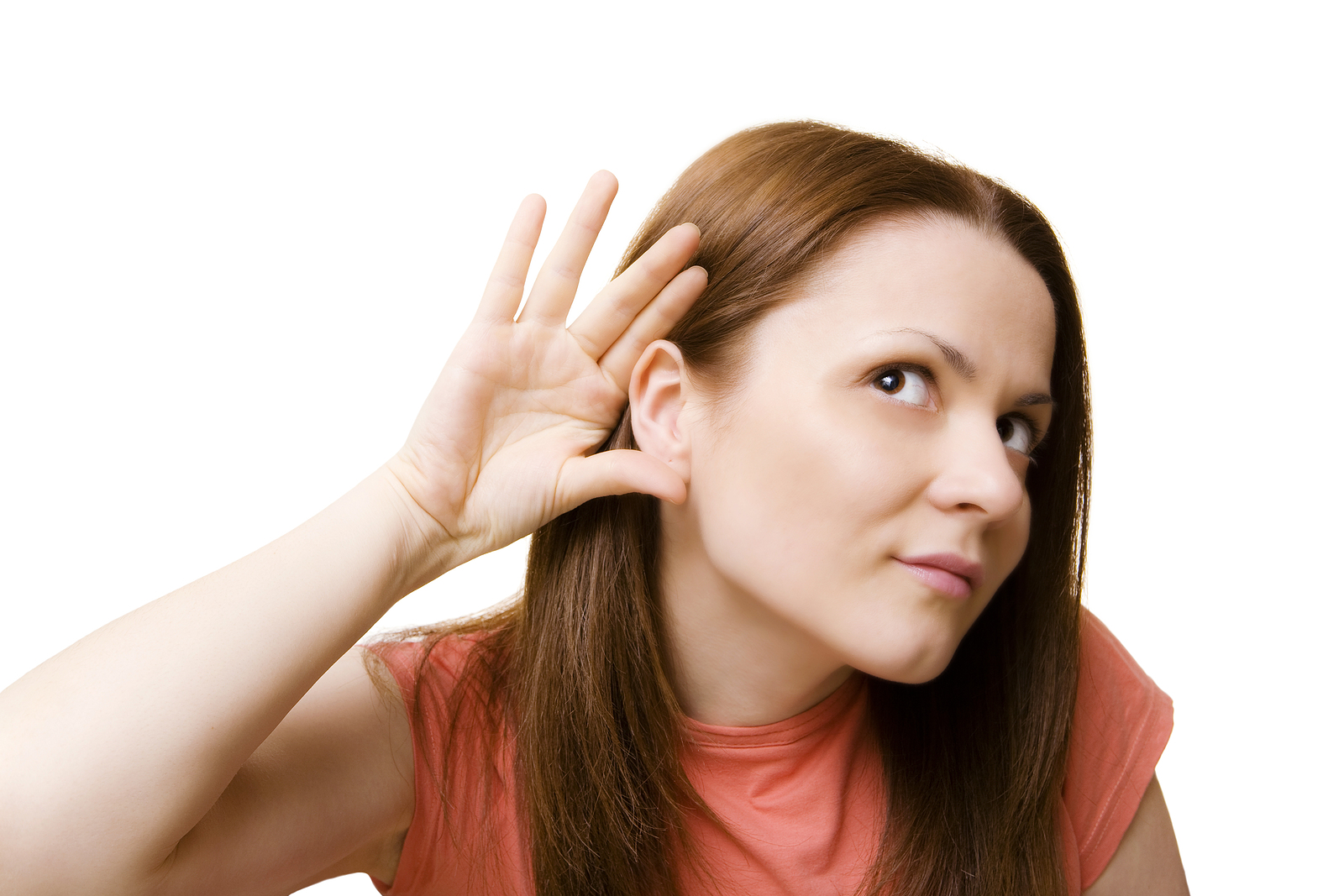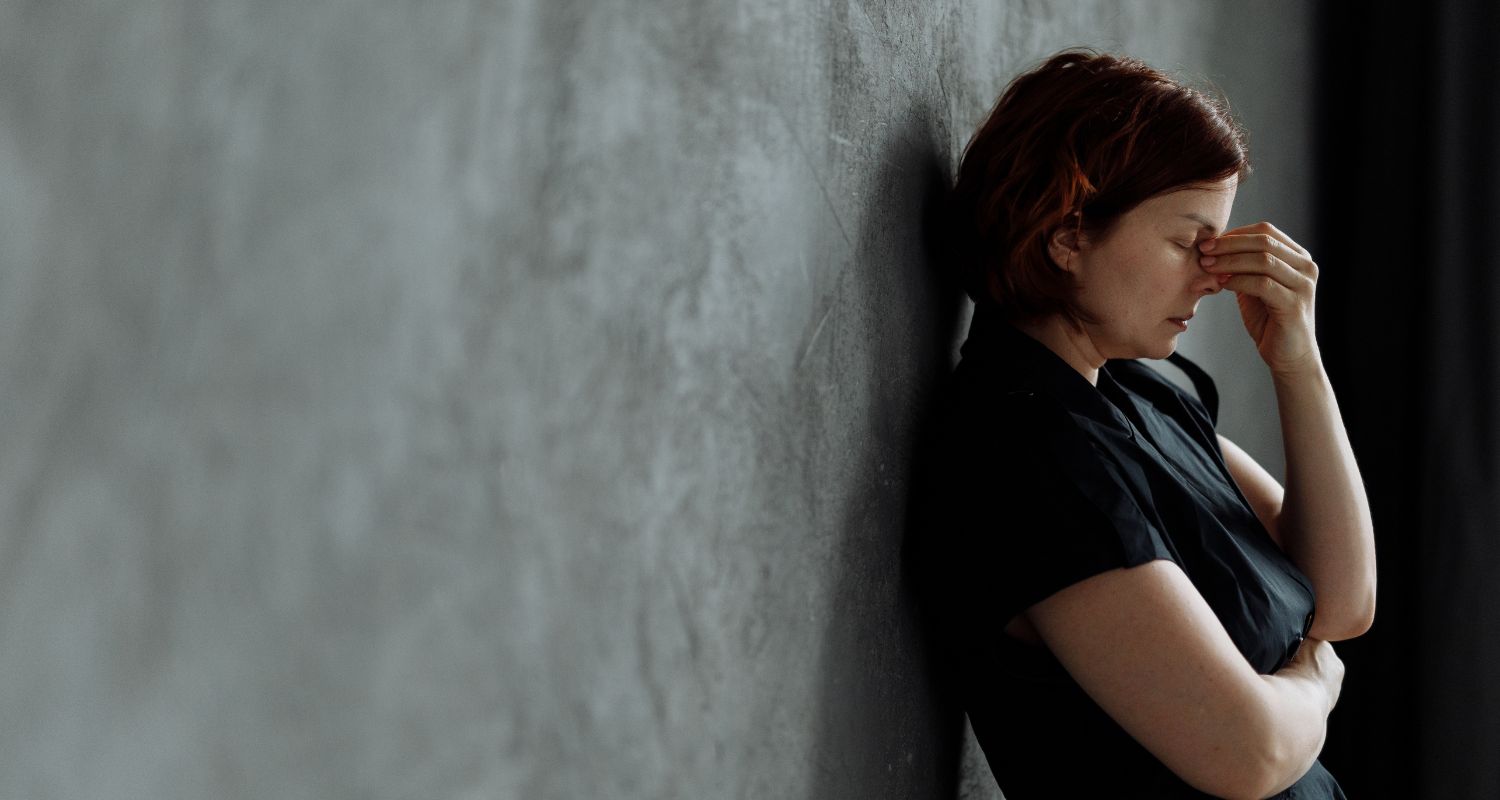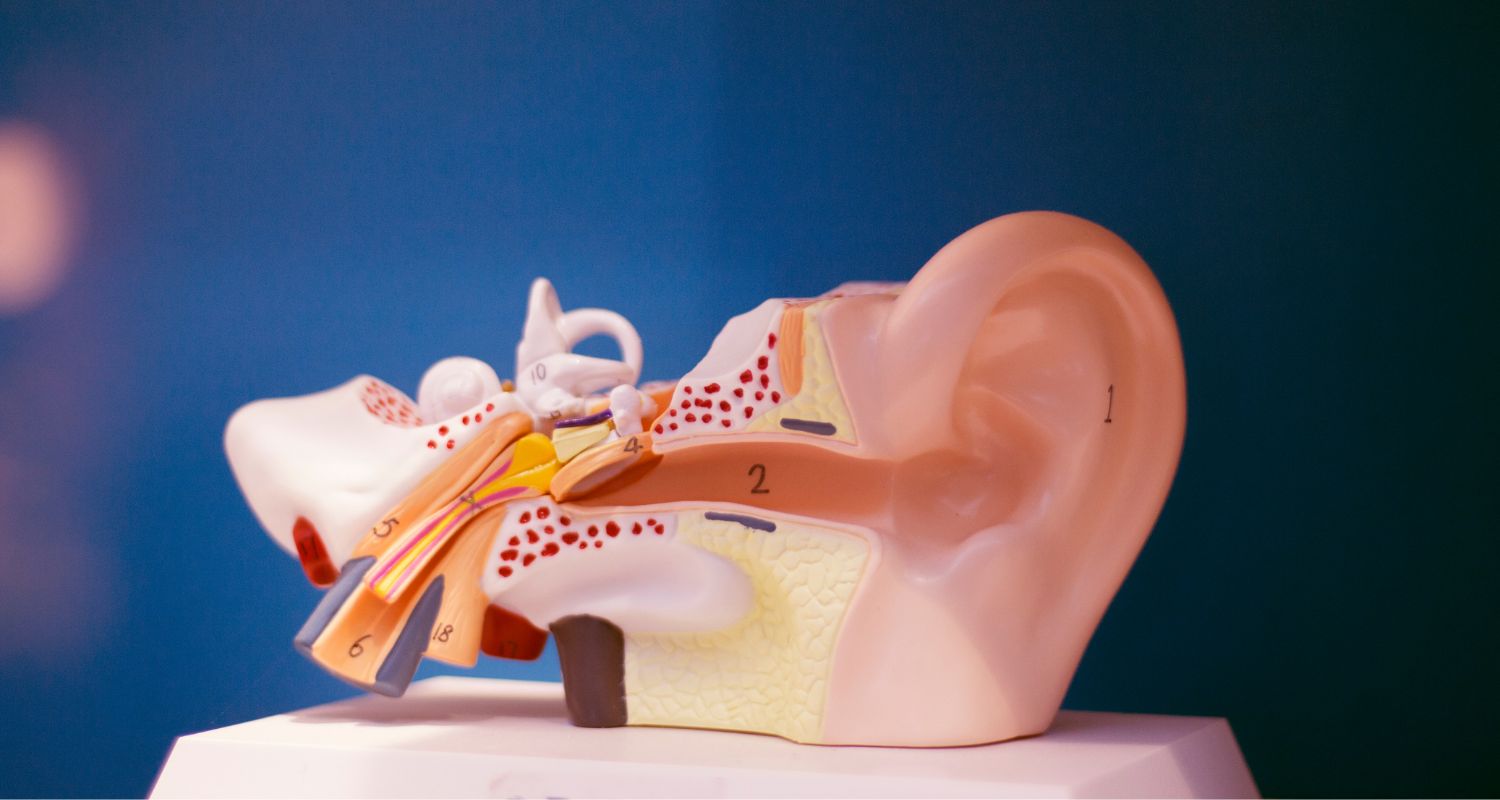Balance Disorder Basics
Do you ever experience bouts of dizziness? Have you had to sit down because you felt unsteady or like the room around you was spinning? These are signs of balance issues that may indicate a balance disorder. According to the National Institute on Deafness & Other Communication Disorders, 15% of adults experience balance issues. The responses to frequently asked questions about balance disorders can help you learn more about the symptoms you may be experiencing.
What is a balance disorder?
A balance disorder compasses several factors that can damage or disrupt the vestibular system – the sensory system for maintaining balance and equilibrium. The main component of the vestibular system is the vestibular labyrinth which consists of semicircular canals, otolith organs, and the cochlear. These components along with the sensory cells in the inner ear, constantly send information about motion and position to the brain. This helps maintain spatial awareness and physical stability which is what allows us to walk through space safely.
What are common types of balance disorders?
There are neuron types of balance disorders, over a dozen, which affect the vestibular system and produce a range of symptoms. A few of the most common balance disorders include:
- Meniere’s Disease: the cause of this inner ear disorder is unknown but experts suggest that it can be caused by constricted blood vessels, viral infections, or autoimmune conditions. It occurs when there’s an accumulation of fluid in the inner ear which creates inflammation that produces symptoms including vertigo, dizziness, and hearing loss.
- Benign Paroxysmal Positional Vertigo (BPPV): this specific type of vertigo is triggered by head movements. It occurs when tiny crystals in the otolith organs become dislodged which can be caused by head injuries. This can disrupt the messages sent to the brain about movement and head position.
- Labyrinthitis: this inner ear infection produces inflammation that impacts the vestibular system. Labyrinthitis is typically caused by an upper respiratory infection like the flu.
- Vestibular Neuritis: viral infections can cause the vestibular nerve (which carries information about motion and balance to the brain) to become inflamed, impacting the flow of information to the brain.
These balance disorders and inner ear infections can produce various symptoms that impair balance and equilibrium.
What are the symptoms?
Because balance disorders can vary and be experienced differently, there isn’t a set of exact symptoms. But common symptoms that people often report experiencing include
- Dizziness and vertigo
- Feeling light-headed, disoriented, faint
- Loss of balance
- Spatial disorientation, feeling like you need to hold onto something or sit down
- Hearing challenges, tinnitus – a ringing or buzzing noise in the ears
- Blurry vision
- Difficulty concentrating
These symptoms can come and go rather quickly or be longer lasting. Symptoms can be overwhelming to navigate and impact spatial awareness as well as safety.
How is a balance disorder diagnosed?
Diagnosing vestibular conditions can take some time because symptoms tend to be varied and shared with numerous medical conditions. The testing process often involves seeing an ENT (ear, nose, throat) doctor and ruling out possible conditions. A range of tests can be used including hearing tests, vision exams, imaging tests of the brain, blood tests, balance tests, and tests that evaluate posture and movement.
How are balance disorders treated?
There are several ways balance disorders are treated. Depending on the underlying cause, treatment options can include the following:
- Medications: your doctor may prescribe antibiotics to clear any bacterial or viral infections contributing to balance issues. Additional medications could be prescribed to alleviate symptoms produced by inner ear disorders, namely dizziness and nausea.
- Vestibular Rehabilitation Therapy (VRT): this type of specialized therapy involves engaging in specific exercises that strengthen gaze stabilization and balance.
- Canalith repositioning: this treatment is used to address BPPV and involves performing a series of head movements to reposition dislodged crystals in the inner ear.
- Lifestyle Changes: balance disorder symptoms can be alleviated through lifestyle changes. This includes reduced consumption of potential triggers like caffeine, alcohol, smoking, stress, etc. Also, finding useful easy-to-manage stress as well as practicing great sleep habits can help with this.
These treatment options can provide significant support in managing symptoms and alleviating the impact balance disorders have.







Leave A Comment